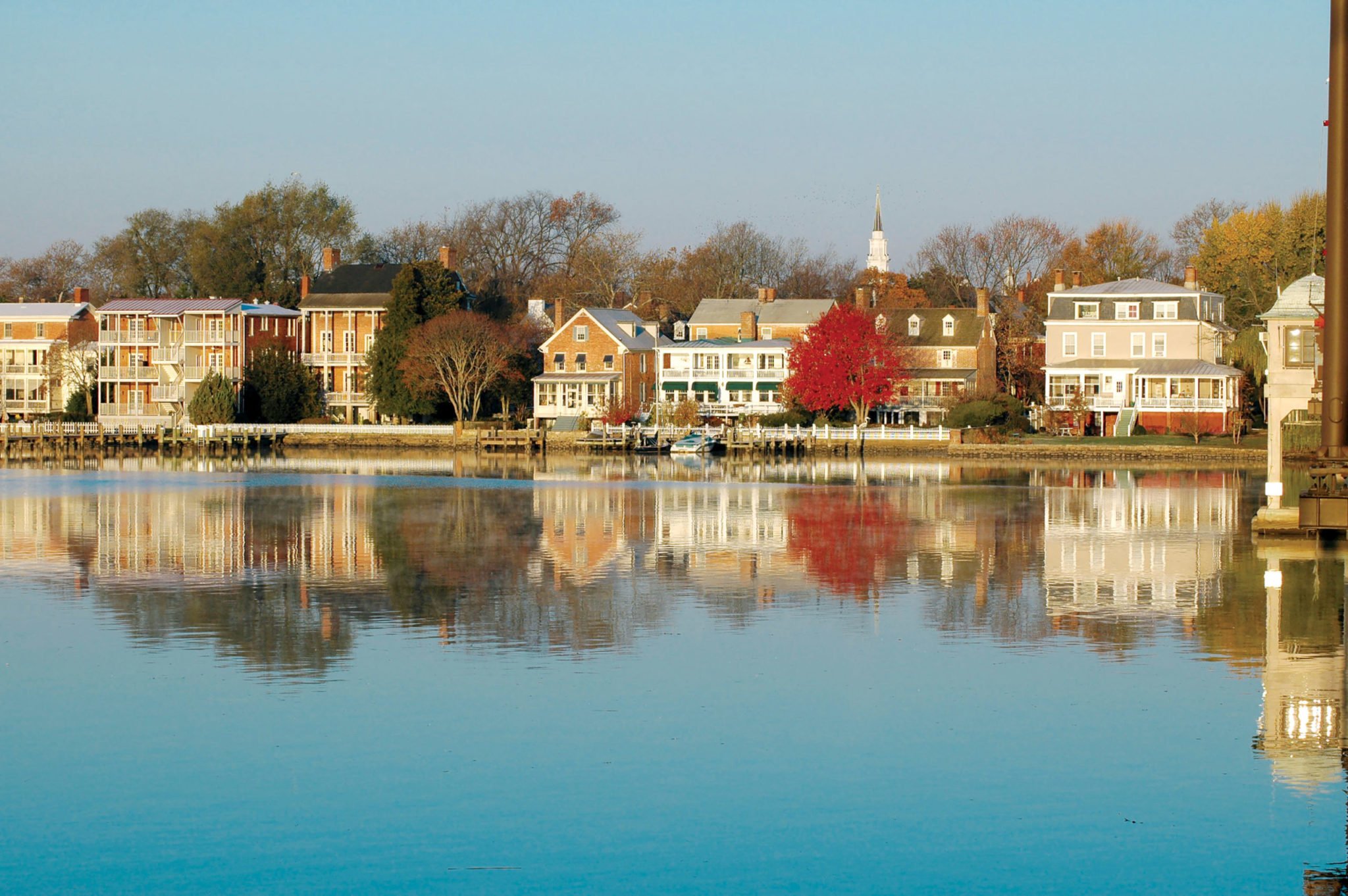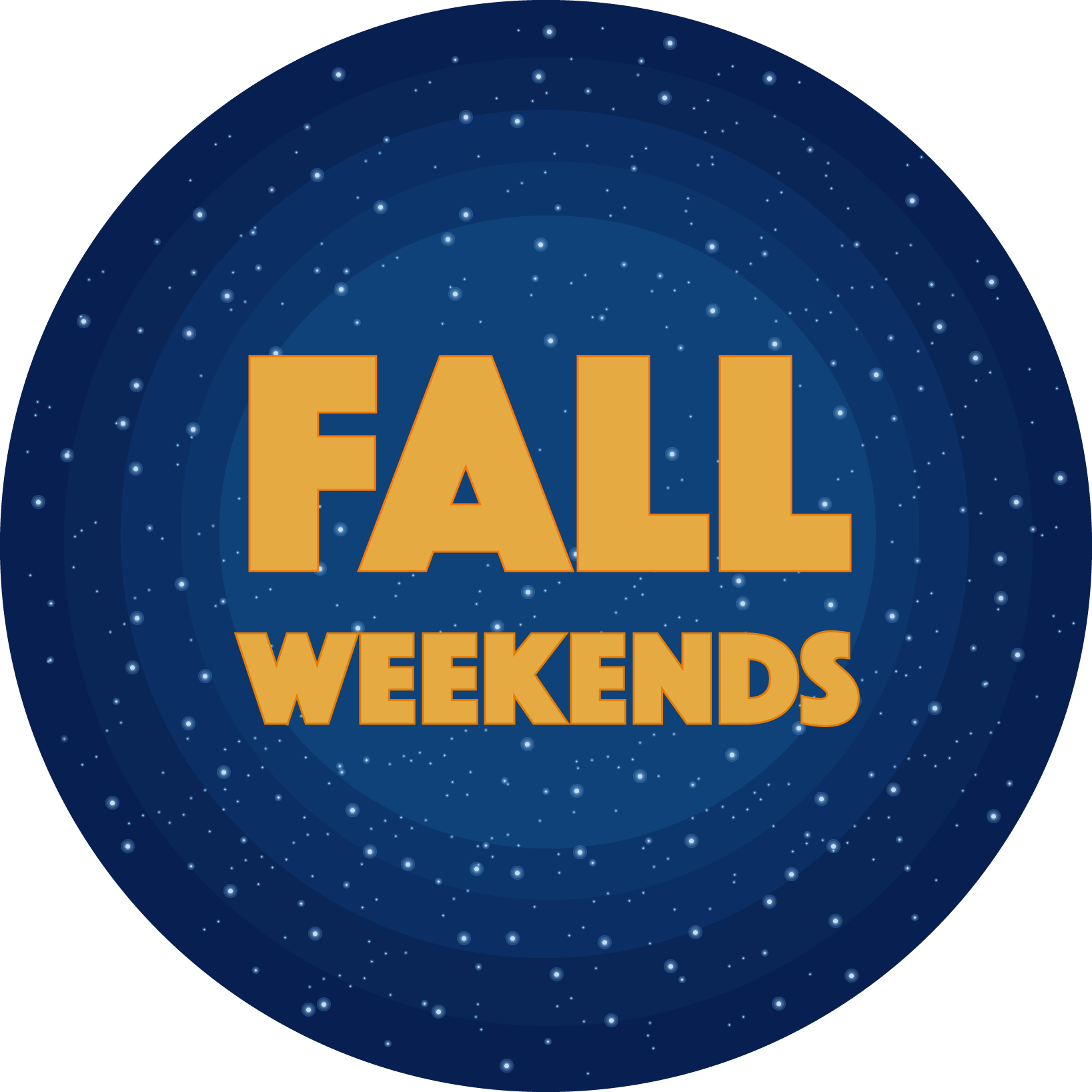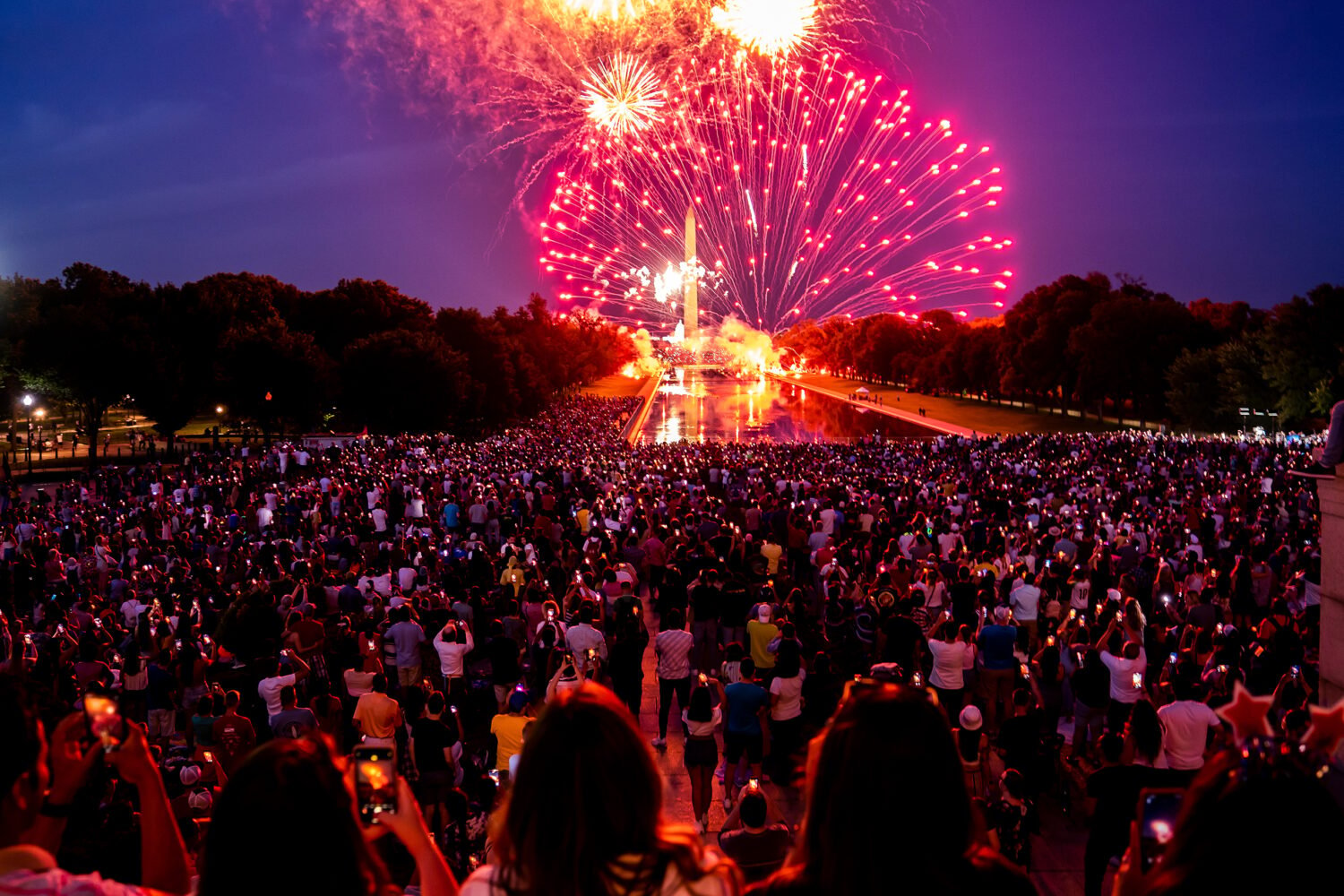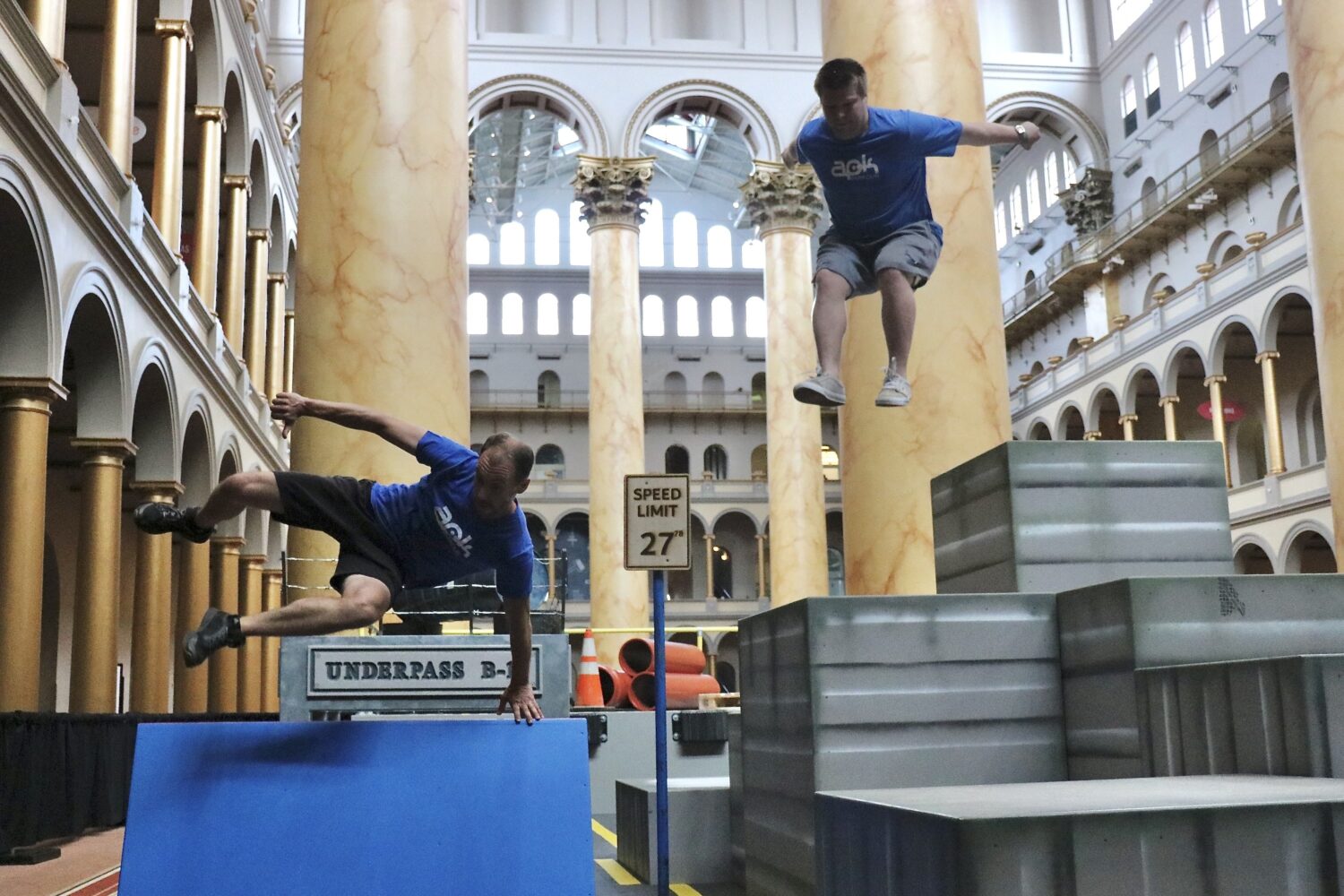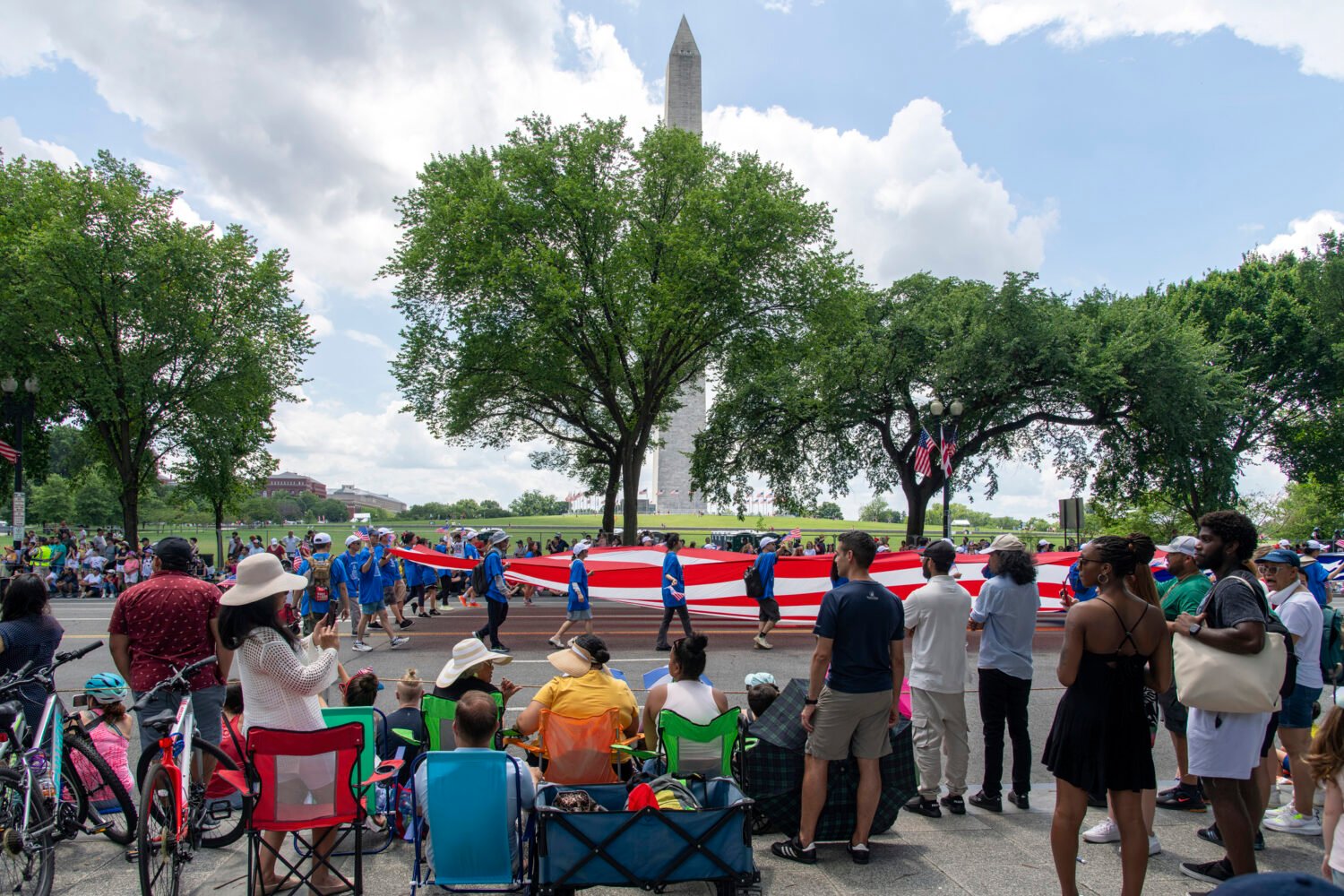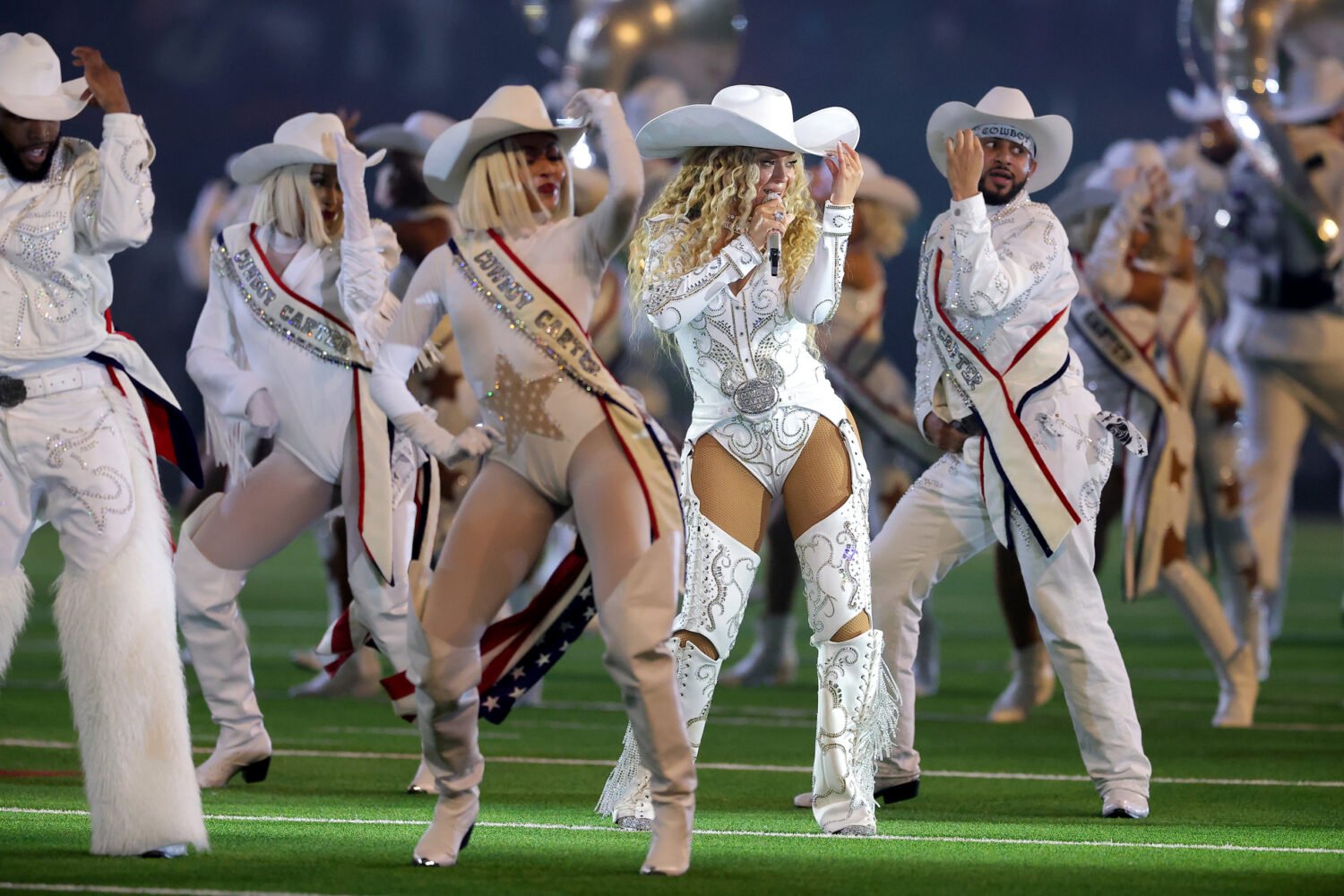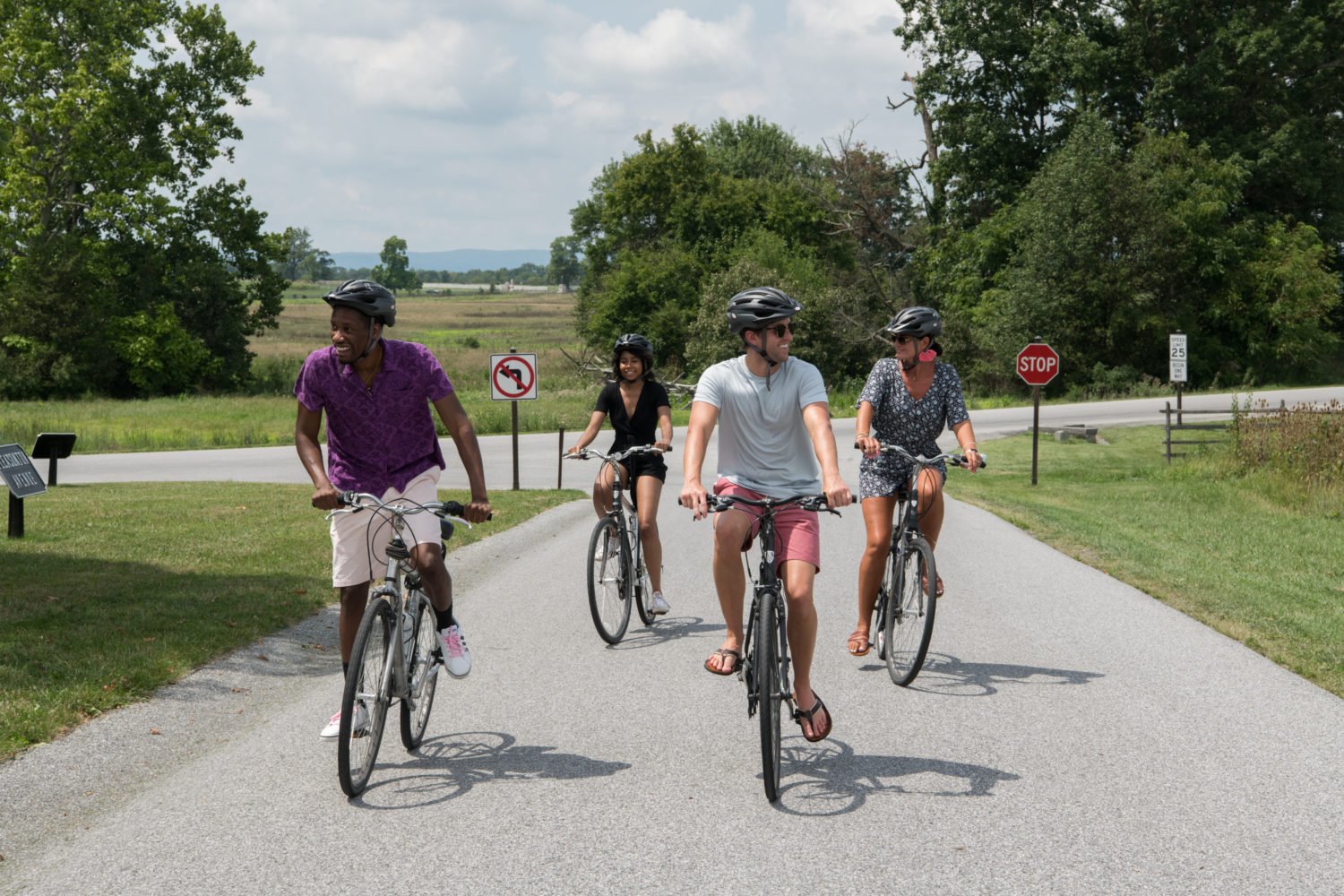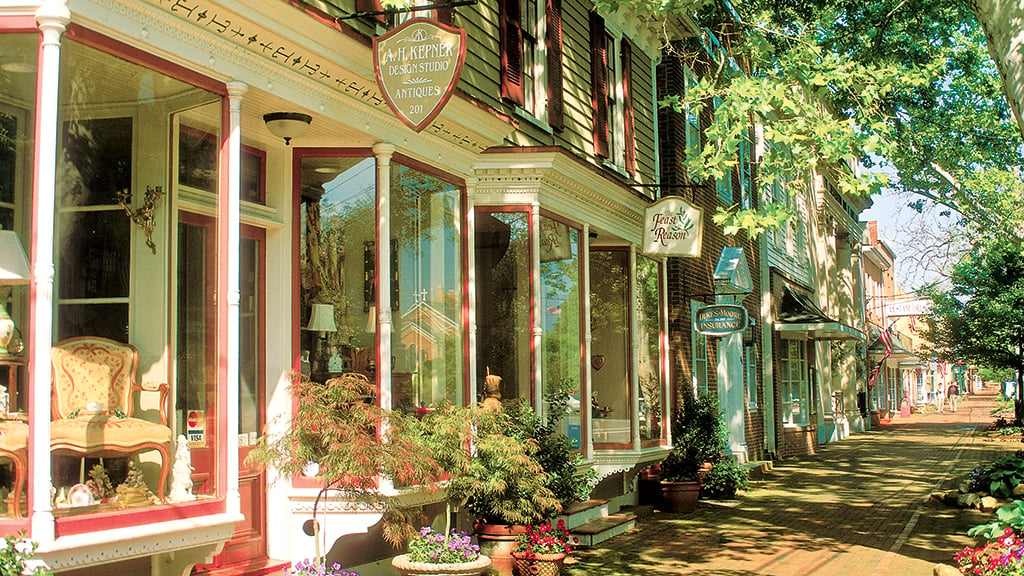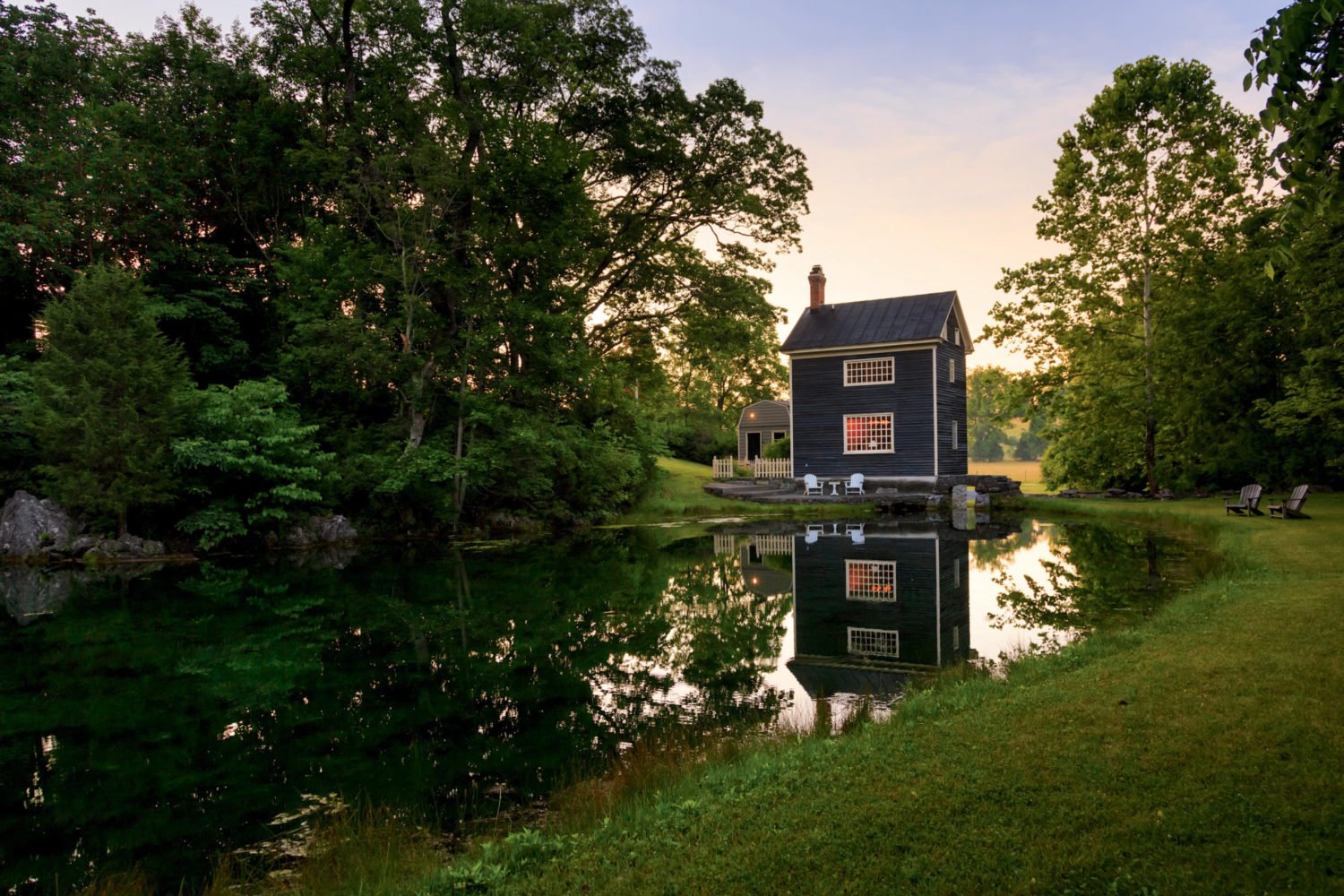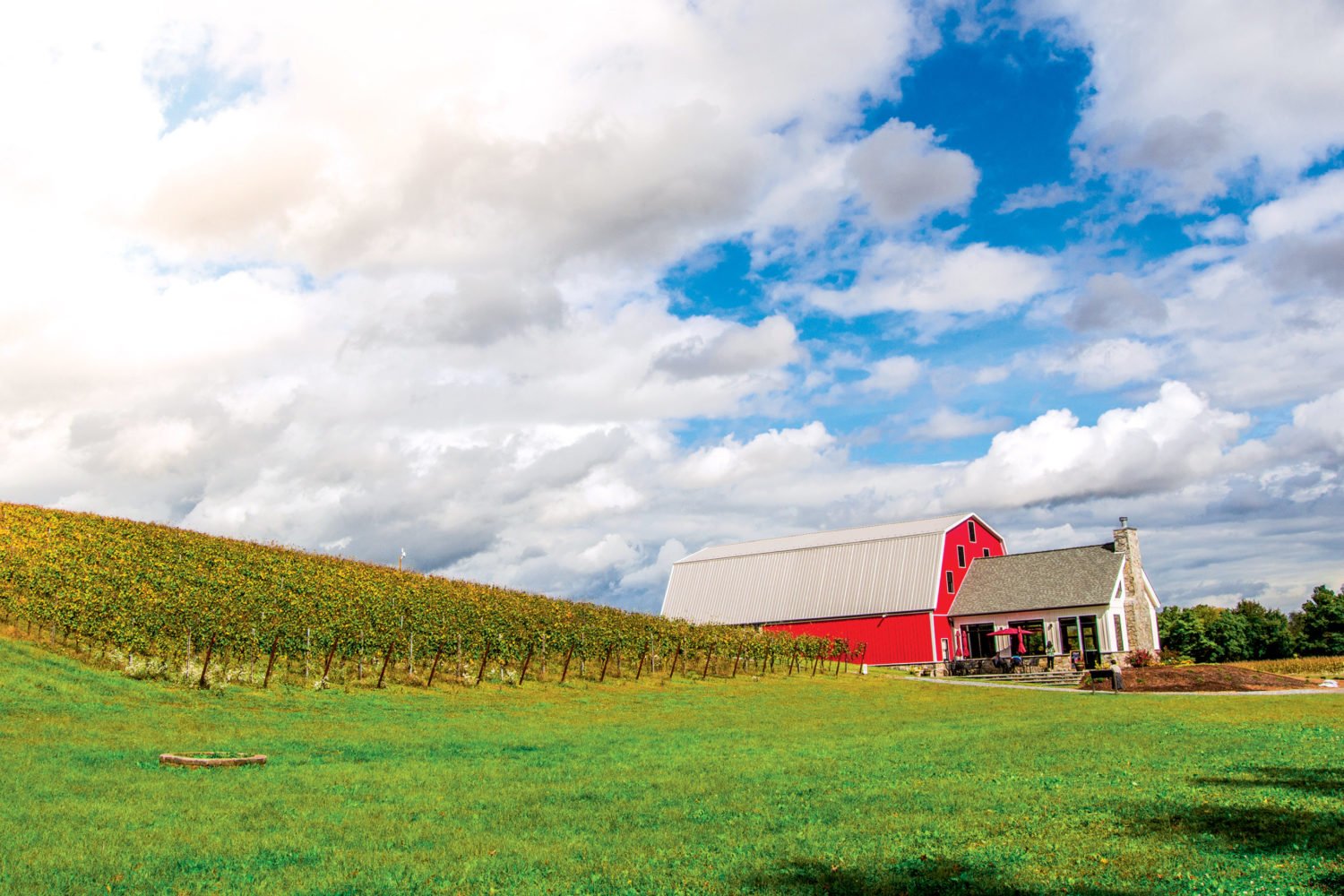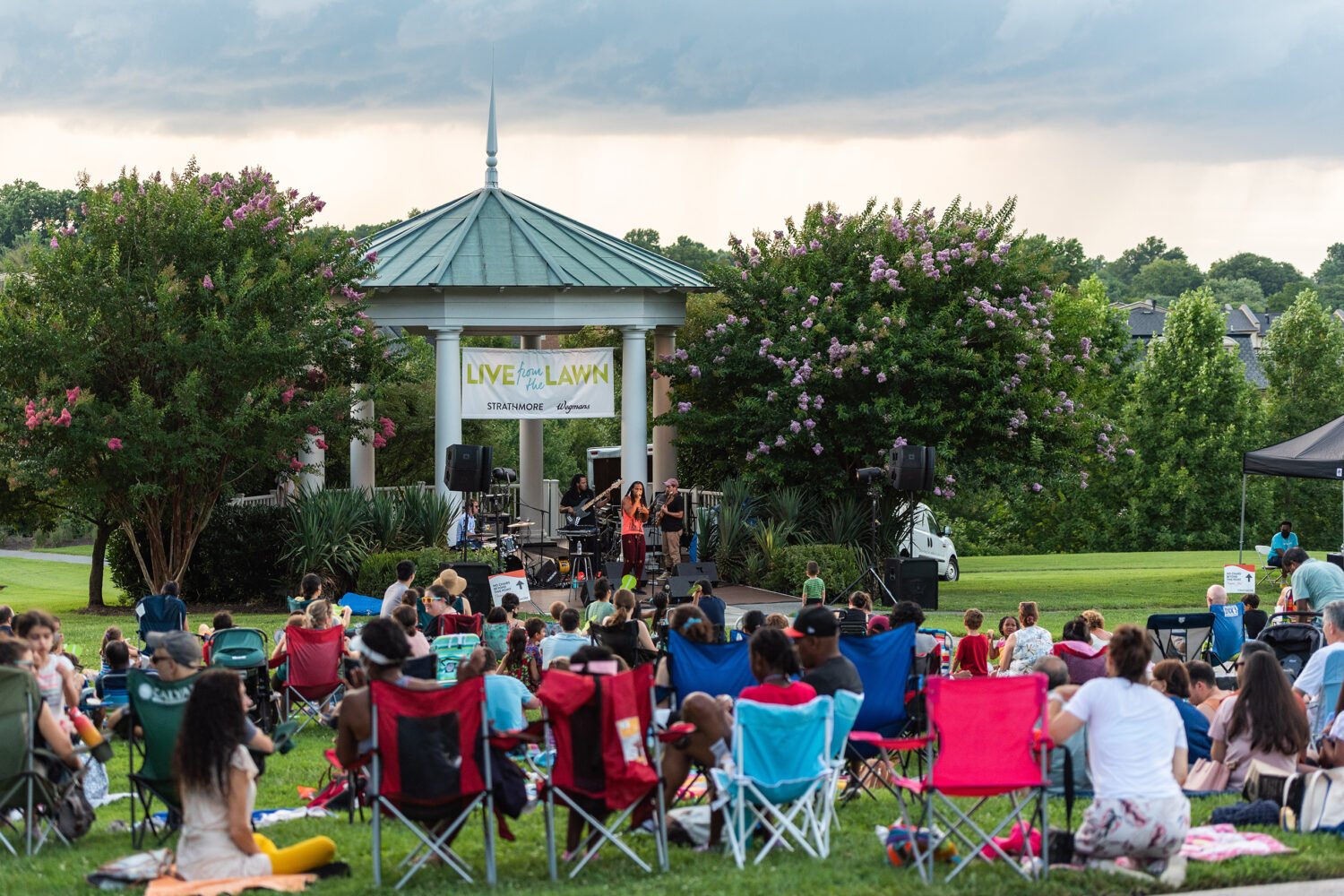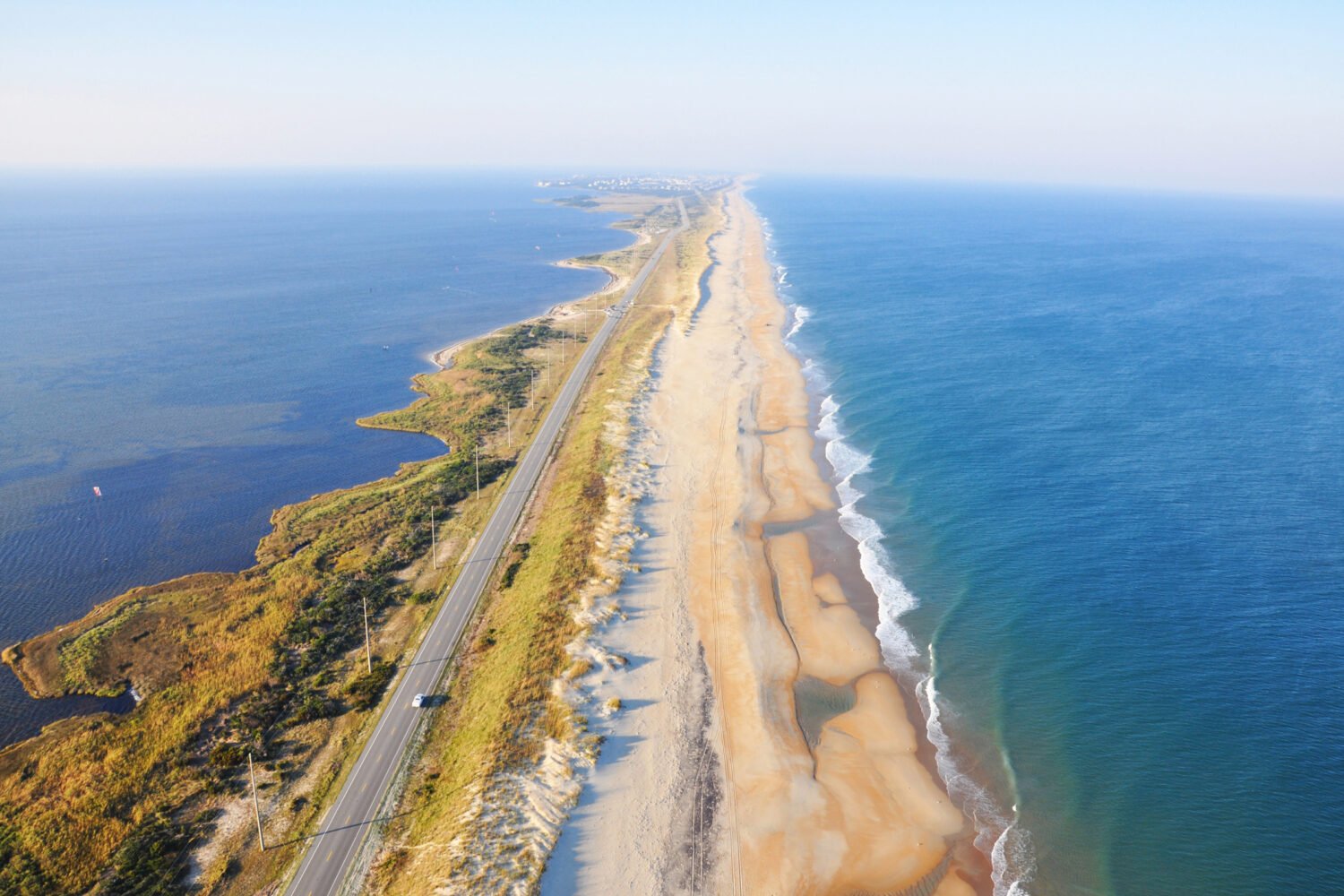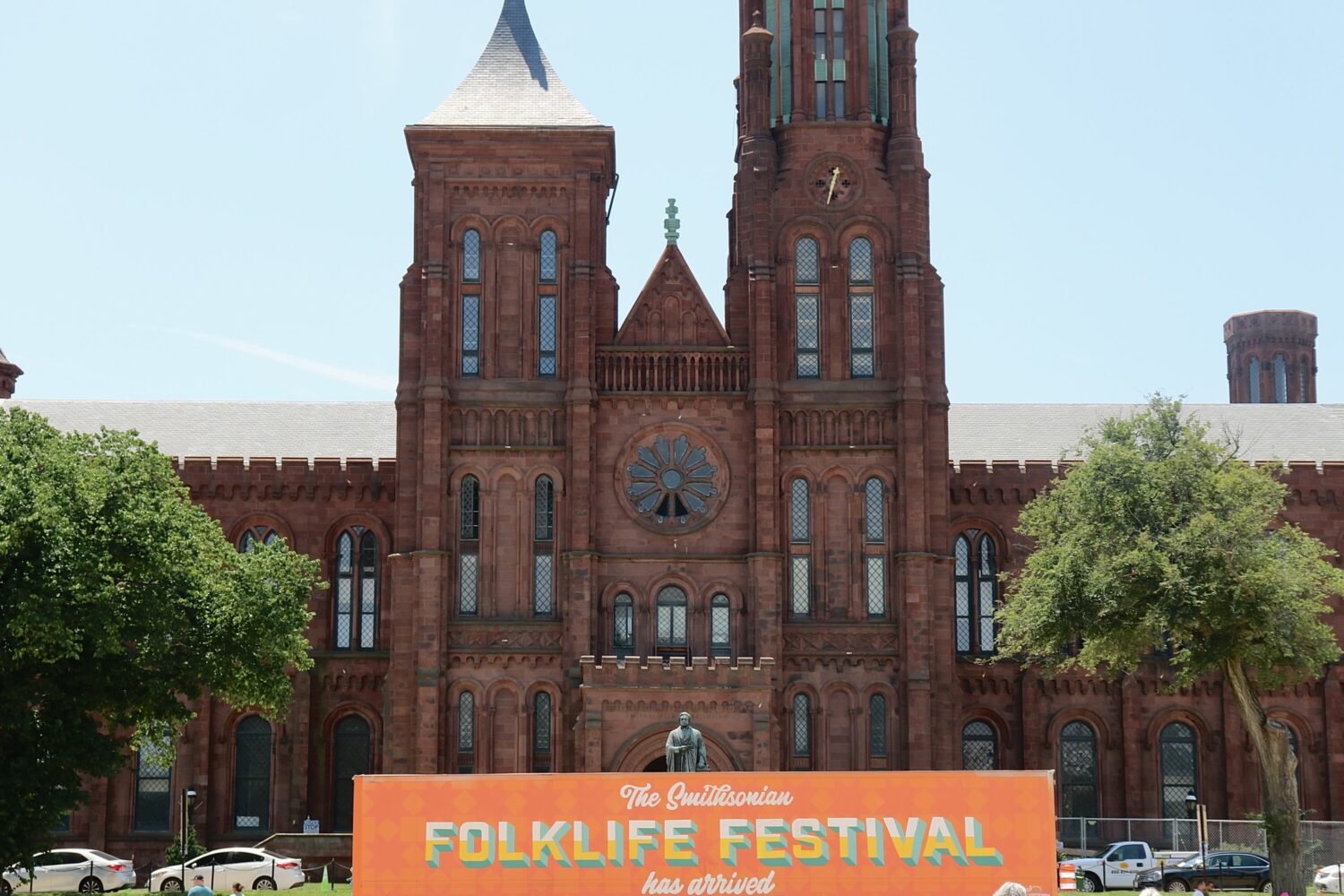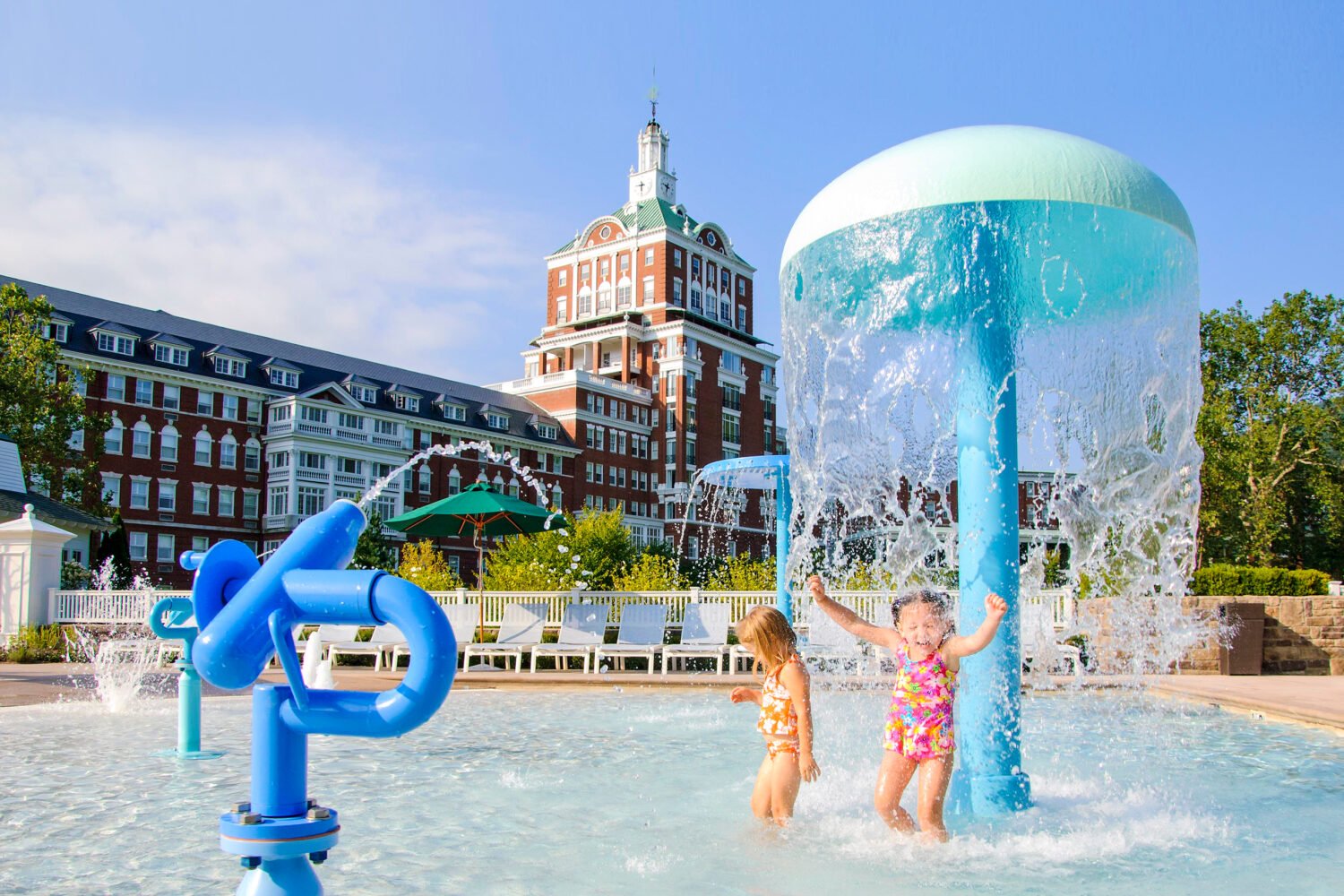About Fall Weekends 2019
Whether you want to get out of town for just the day or for a few, here are some great ideas for colorful autumn trips. Hit a hiking trail, stomp grapes at a festival, stroll a historic small town, and more.
Gettysburg: Beyond History
Gettysburg might be synonymous with the Civil War’s bloodiest skirmish, but beyond the battlefield is a thriving town surrounded by lush countryside worth exploring. That’s especially true come fall, when the National Apple Harvest Festival (October 5, 6, 12, and 13) takes place in Biglerville, ten miles northwest.
Still, there’s no escaping the area’s history. Many of the buildings in the downtown core bore witness to the battle that raged for three days in July 1863. Among them is the stately Gettysburg Hotel, in business since 1797—though updated, including with a rooftop pool (1 Lincoln Sq.; 866-378-1797; rates from $149). The David Wills House (8 Lincoln Sq.; 717-334-2499), now a museum, is where Abraham Lincoln stayed before delivering the Gettysburg Address. Outside, you can pose for a selfie with a statue of Lincoln and a modern-day tourist rendered in bronze. Abe wields a stovepipe hat. The tourist bears an uncanny resemblance to Perry Como.
Streets fanning out from the square lead to shops selling Civil War memorabilia. If you’re seeking a replica cannon, you’re in the right place. But you can also sample local wines and spirits at tasting rooms throughout town. Mason Dixon Distillery (331 E. Water St.; 717-398-3385) offers tours, tastings, and from-scratch comfort food. Battlefield Brew Works Taproom (62 Chambersburg St.; 717-398-2907) features rotating brews on tap, including Red Bayonette Ale.
After you’ve seen the town, you might head into the countryside to visit vineyards. Many have live music on weekends into October. One of them, Adams County Winery (251 Peach Tree Rd., Orrtanna; 717-334-4631), boasts gorgeous gardens and a tasting room in an 1860s barn. Bring a picnic or order pizza baked in the wood-fired oven. Nearby, Halbrendt Vineyard & Winery (1150 Evergreen Way, Orrtanna; 717-334-7784) cultivates five acres of cascading vineyards.
At Boyer Cellars (405 Boyer Nursery Rd., Biglerville; 717-677-8558), you’ll find, in addition to wine, unusual garden plantings and about 60 apple varieties. At harvest time, you can even pick your own.
At a Glance
Population: 7,620.
Number of stoplights: 16.
Small-town cred: No chain restaurants in its historic heart.
Distance from DC: 84 miles.
Chestertown: Arts by the Water
Take an unspoiled riverfront, add red-brick sidewalks lined with well-maintained historic homes, sprinkle in artists’ studios, and you’ve got the makings of a fine fall getaway.
Chestertown dates to 1706 and takes its name from the Chester River, once a major shipping route. These days, the waters are considerably calmer. But come fall, tall ships convene for Downrigging Weekend (November 1 through 3 this year), a tall-ship and wooden-boat festival organized around the resident Sultana schooner.
This town 79 miles northeast of DC is serious about preservation, and it shows. The roughly 12-square-block downtown showcases one of the state’s greatest concentrations of 18th- and 19th-century buildings, second only to Annapolis.
Artists flock here, drawn by the natural beauty and low-key lifestyle. Many operate studios that are open to the public, including Hegland Glass (315 High St.; 410-870-5432) for kiln-formed art glass and Robert Ortiz Studios (207 S. Cross St.; 410-810-1400) for hybrid Japanese/Shaker-style furniture. MassoniArt (203 High St.; 410-778-7330) and Create gallery (113 S. Cross St.; 410-870-9808) both offer local and national artisans.
You could make a day trip of it or spend the night. Among historic digs is the 13-room Brampton Inn (25227 Chestertown Rd.; 410-778-1860; rates from $179),on 20 acres about two miles from downtown.
At a Glance
Population: 4,000.
Number of stoplights: 2.
Small-town cred: Shops close late on First Friday (monthly, year-round) for artsy performances plus wine and cheese.
Distance from DC: 79 miles.
This article appears in the September 2019 issue of Washingtonian.

